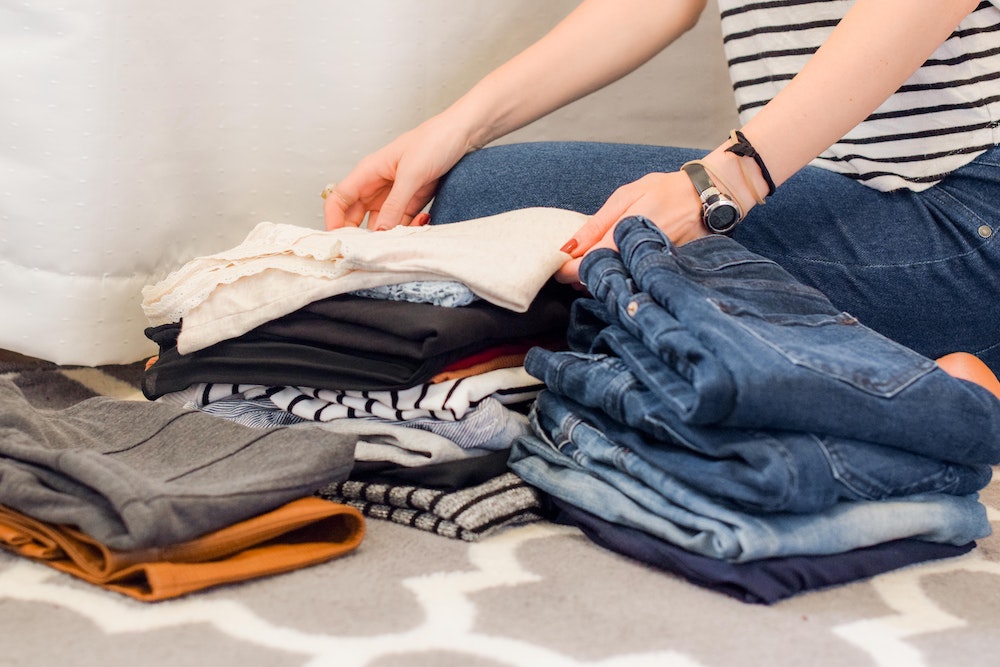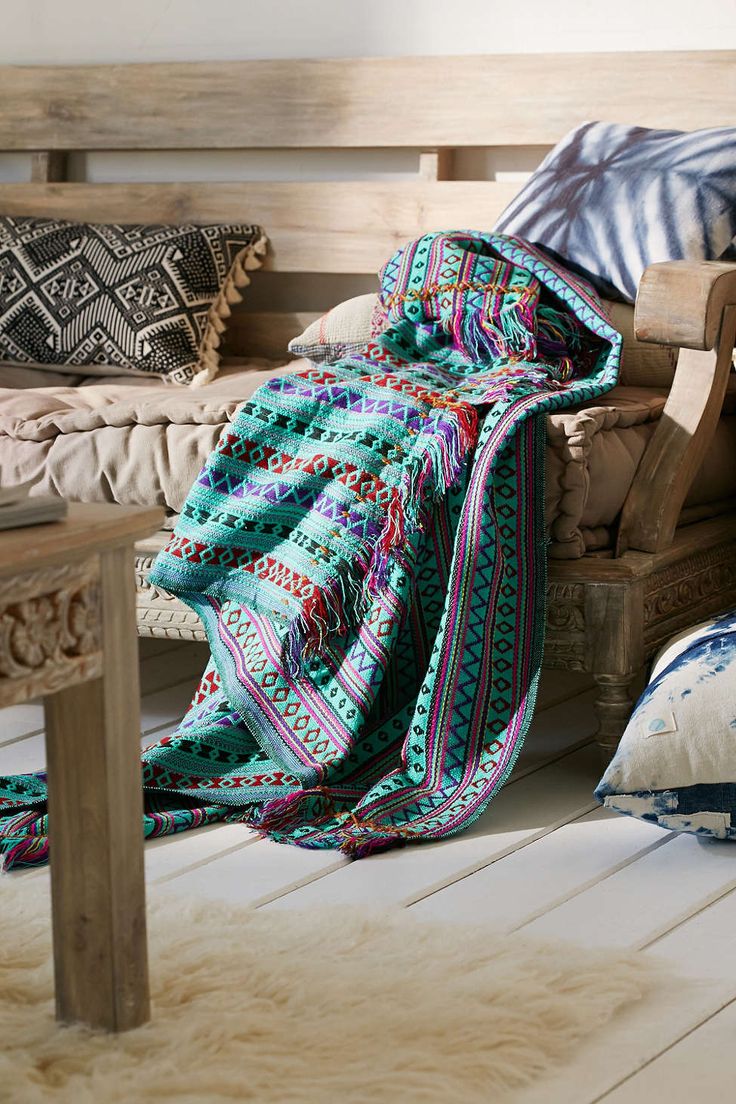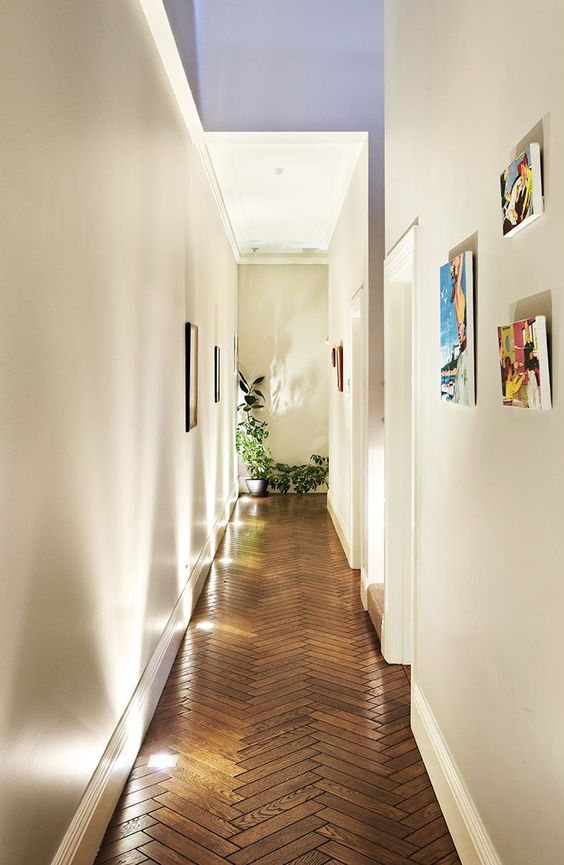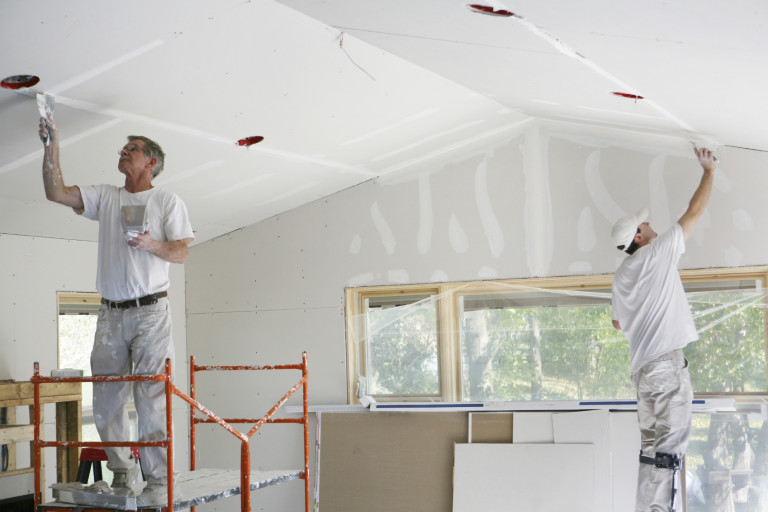Home Declutter: How To Maximize Storage Containers Auckland
Small, unused items accumulated over the years can eventually take up a lot of space in your home. For some people, getting rid of these items may be difficult—they may have sentimental or monetary value. Whatever the reason, some individuals find it difficult to eliminate these various knickknacks. So, what’s the next best thing?

Moving some items out of the home and into a storage container is an excellent option. It frees up space in the house and provides a clutter-free environment, resulting in less stress. Keeping items in a storage container is one of the best solutions for decluttering the home. Not only is using storage containers efficient and convenient but you can also be assured that your belongings are in a safe place.
Below are a few tips on how to maximize storage containers:
- Choose the right container size
Storage options can come in three sizes—small, medium, and large. For this reason, people should carefully consider the number of items they want to store and the amount of space necessary. Only after that can they start finding storage containers to meet their needs.
Discuss your needs first with local storage facilities. You may find facilities like what the storage units Onehunga offer that may be right for you. Moreover, smaller units could be more cost-effective than larger ones. Finding the right container size prevents overspending when storing possessions.
- Group similar items together
A storage container can quickly become a catch-all, creating a new cluttered mess. Keeping it organized from the start is best. Start by grouping similar items together before packing them into the container.
Plastic storage boxes could keep smaller items together while remaining stackable. Sorting and sifting through a myriad of stored goods could be cumbersome. With items stored efficiently, finding things wouldn’t be such a bother. Grouping could make them more accessible.

- Properly sort and label boxes
After grouping items, it’s time to sort and label the boxes. Heavy objects could crush delicate lighter items, meaning heavier bins should be at the bottom of the stack. This principle will work well when packing the contents or stacking the boxes in the storage unit.
On the other hand, labels can indicate what is in each box, negating the need to open each one when looking for something specific. Another handy trick for labeling the items is pasting a photo of the contents outside the box. Consequently, it gives the person a perfect visual representation rather than a vague description.
- Consider protective measures
Fragile or valuable items, like artwork, furniture, or appliances, could be damaged when moving to the storage unit. Moving them around after storing them might also damage them. However, there are ways to keep the items safe during the move, like using the following:
- Bubble wrap
- Plastic wrap
- Cardboard inserts
- Proper use of pest control
- Sturdy lock on the outside of the unit
- Airtight containers
Additionally, you can stack the boxes on wooden pallets and cover them with plastic.
You can also get storage insurance for additional protection for your stored items. The insurance can cover damages from water, fire, burglary, or other accidents, giving the owner more peace of mind.
However, some insurance plans don’t cover all losses. It could be necessary to check with the insurer on what they will include. Another option will be to ask the storage provider if they offer any additional insurance, as some do.
- Optimize the entire space
An efficient way of stacking, packing, and storing possessions can save more space. To help you make use of space efficiently, you can add options in a storage container like the following:
- Hooks: Either buy stick-on hooks or ask the facility if you could glue them to the inside walls of the container. It allows more space to hang items like hats, coats, and other clothing items.
- Shelves: Hardware stores have easy-to-follow instructions with their shelving kits, making it ideal for someone without much do-it-yourself knowledge to install. This addition will provide more vertical storage, freeing up some floor space.
- Hanging roof storage: Some containers are equipped with hooks or eyelets for attaching hanging shelves from the roof. If not, ask the facility if they will allow it before installing them.

There could be many other ways of adding extra space to the storage container, like these shelving ideas from WikiHow. If none of these is an option, use the empty cupboards or drawers of stored furniture to optimize the space.
Before spending more money on a larger unit, ensure that all the space in the current container is optimized. Also, if the storage becomes too full over time, you can always consider donating or selling some items to make room for newer belongings.
To conclude
Ideally, a home should only have the items the residents are regularly using. Therefore, decluttering and storing them in a storage container could be the best solution to avoid being overwhelmed. More room to organize, move, clean, and think leaves residents feeling stress-free and happy.






